Summary
- Passive subwoofers lack built-in amplifiers, requiring an external amp for power.
- Active subwoofers are more convenient, cost-effective, and plug-and-play than passive options.
- Situations where passive subwoofers are preferred include custom home theaters, hi-fi setups, and pro audio systems.
If you’re on the lookout to add a subwoofer to your sound system, chances are you’re mainly seeing active subwoofer options, and few if any passive ones. It seems that every subwoofer these days wants to be strong and independent!
However, just because passive woofers seem to be out of fashion doesn’t mean they don’t exist anymore. Most importantly, there are several situations where you’ll want to choose a passive model over the more common active ones.
What’s the Difference Between Passive and Active Subwoofers?
The key difference between an active and passive subwoofer is that passive subs don’t contain an amplifier. They need to be powered by an external amp in order to produce any sound.
Active subs are plug-and-play. Just connect an audio source to the right input, and it will start working assuming it has power. In the case of passive subs, you have to supply the right amp, and in many cases you may also have to add a crossover unit so that only the correct frequencies are passed through to the subwoofer.
In an active sub, well that stuff is largely built in, so you don’t have to worry about it.
Why Passive Subwoofers Fell Out of Favor
The short answer is that active subwoofers are simply more convenient and cost-effective on average compared to passive subwoofer setups. You don’t need to know anything about selecting the right components, because the sound engineers who made the active sub did the heavy lifting for you. It’s an all-in-one package that’s more compact, less complicated, and just works.
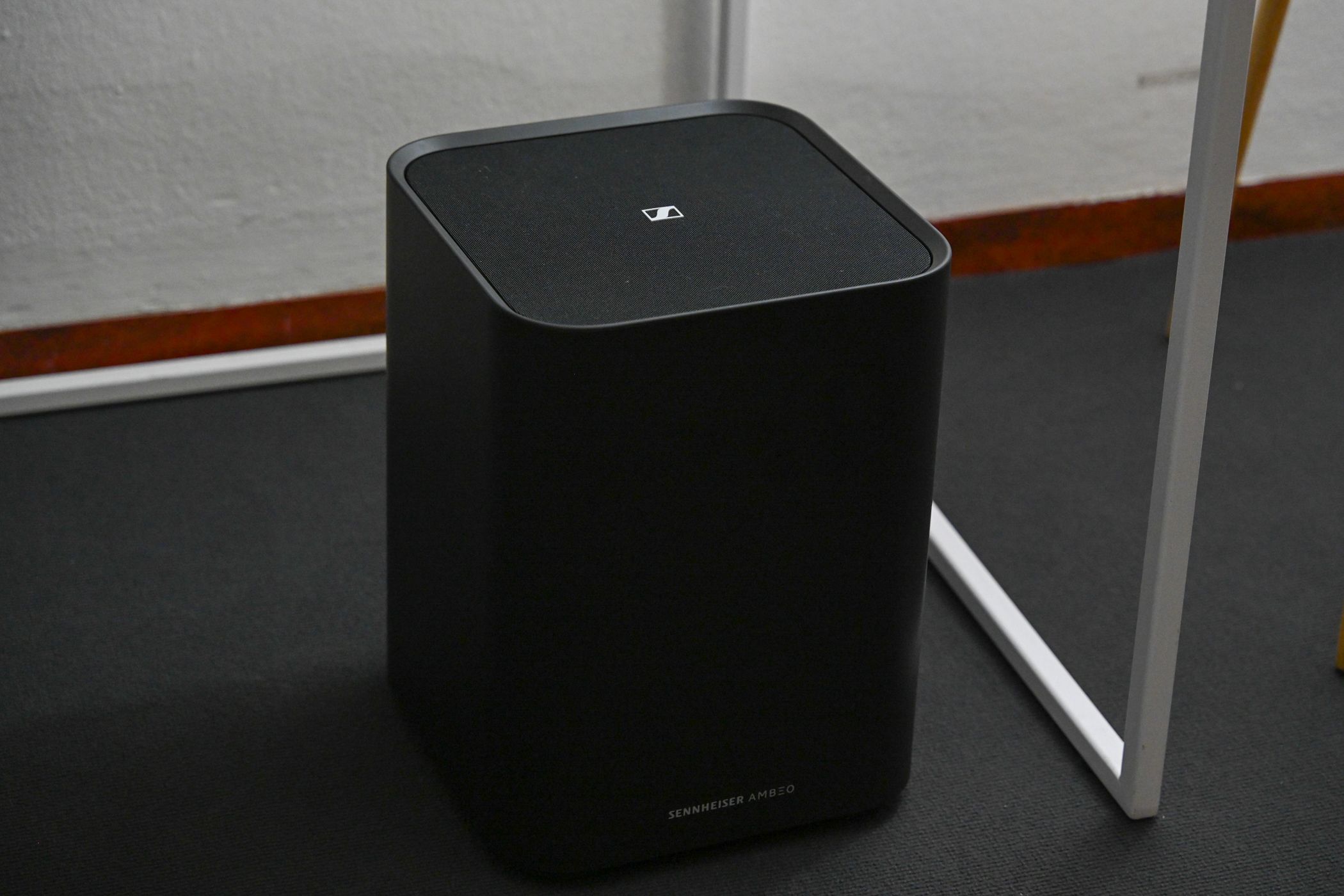
Related
The Best Subwoofers of 2024
Drop the bass.
So it should be no surprise that, when given the choice, most people simply buy the subwoofer solution that requires the least effort to install and use.
Where Passive Subwoofers Still Make Sense
However, just because active subwoofers are the right choice for most people, most of the time, doesn’t mean that passive subwoofers are obsolete—far from it! There are a few scenarios where they’re the preferred solution.
Custom Installations and Home Theater Builds
If you’re building a custom home theater installation, you’ll generally want to use passive subwoofers, and passive speakers as a whole. I’m talking about the sort of proper home theater where you’ve got a closet full of amps and other AV gear, with high-quality speaker wires leading to wherever your passive speakers are.
You can use in-wall or in-ceiling passive subwoofers connected to high-powered rack-mounted amplifiers, keeping the room clean and the sound calibrated across multiple zones.
It also makes sense when you’re running multiple subs in a large space and want centralized control or amplification. Having to go tune every active subwoofer manually would be no fun.
Audiophile and Hi-Fi Stereo Systems
Audiophiles who build hi-fi systems for music (or other stereo sound recordings) tend to prefer control over every component in the audio chain. So passive speakers, dedicated amps, and the crossover of your choice are the order of the day.
By choosing every discrete audio component yourself, you can ensure you get the quality and features you want. Perhaps more importantly, it means that you can upgrade just one part of your setup going ahead. So if you have, for exaple, a set of speakers you adore, you can upgrade your amps without changing speakers.
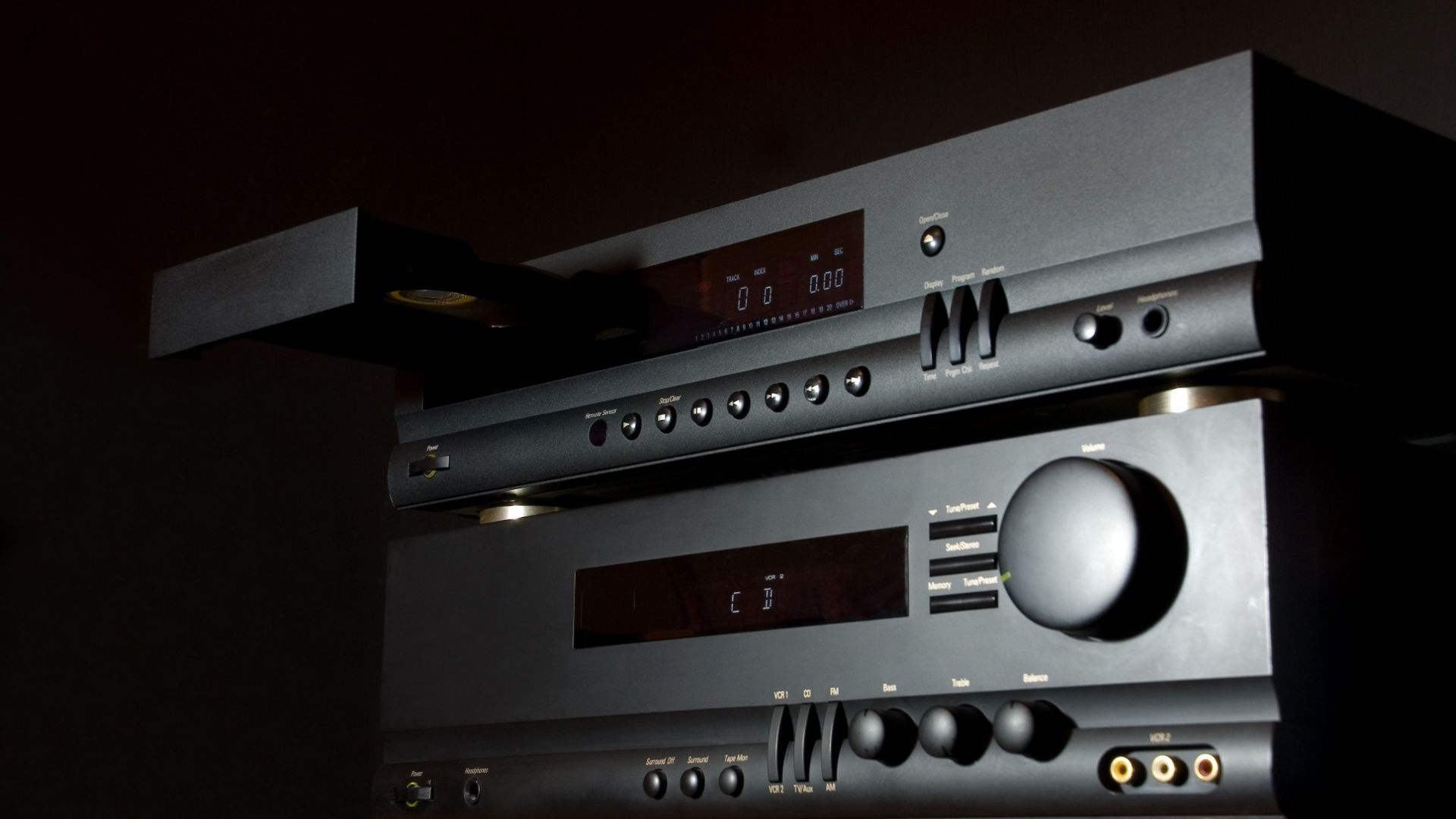
Related
10 Reasons It’s Still Worth Buying a Hi-Fi System
The only way to do your music justice.
Pro Audio and PA Systems
The last great use case is in professional PA (Public Address) systems used for concerts or larger events. This is exactly the sort of setup I used in my band days, with a trolley stacked with amplifiers, crossovers, and a mixing desk. The subwoofers and other speakers (including the stage monitors) were all passive.
This has numerous advantages, mainly linked to modularity. For example, if your amp dies, you can switch over to a backup in under a minute. The same goes for a subwoofer popping. Many PA speakers, including subs, have a passthrough system where you can add more speakers on the same amp output, increasing your total volume, assuming the amp in question has enough power to drive it all.

Related
My Incredibly Cheap Alternative to a Soundbar
The total cost was just $24. Not bad.
The Gear You Need to Use a Passive Subwoofer Properly
I’ve mentioned most of it above, but just to bottom line if for you, if you’re interested in using a passive subwoofer solution, you’ll need the following:
- A powered amplifier that has enough wattage to drive the speaker in question, and matching impedance.
- A crossover. This can be a dedicated external unit, or it can be built into your amp or receiver. This ensures that different speakers in the system only receive audio frequencies suitable to them.
When You Shouldn’t Bother With a Passive Subwoofer
Honestly, I’d say that for 90% of users, a passive subwoofer is more hassle than it’s worth. If you’re using a soundbar, a basic stereo amp, or even most AV receivers, an active sub is going to offer better performance, fewer compatibility issues, and a way smoother setup.
Passive subs can also be a money pit if you’re not careful. Between buying the amp, crossover, cabling, and the sub itself, you could easily spend more than you would on a premium, powered unit.
Unless you’re building a theater from the ground up or already knee-deep in an audiophile project, stick with active.


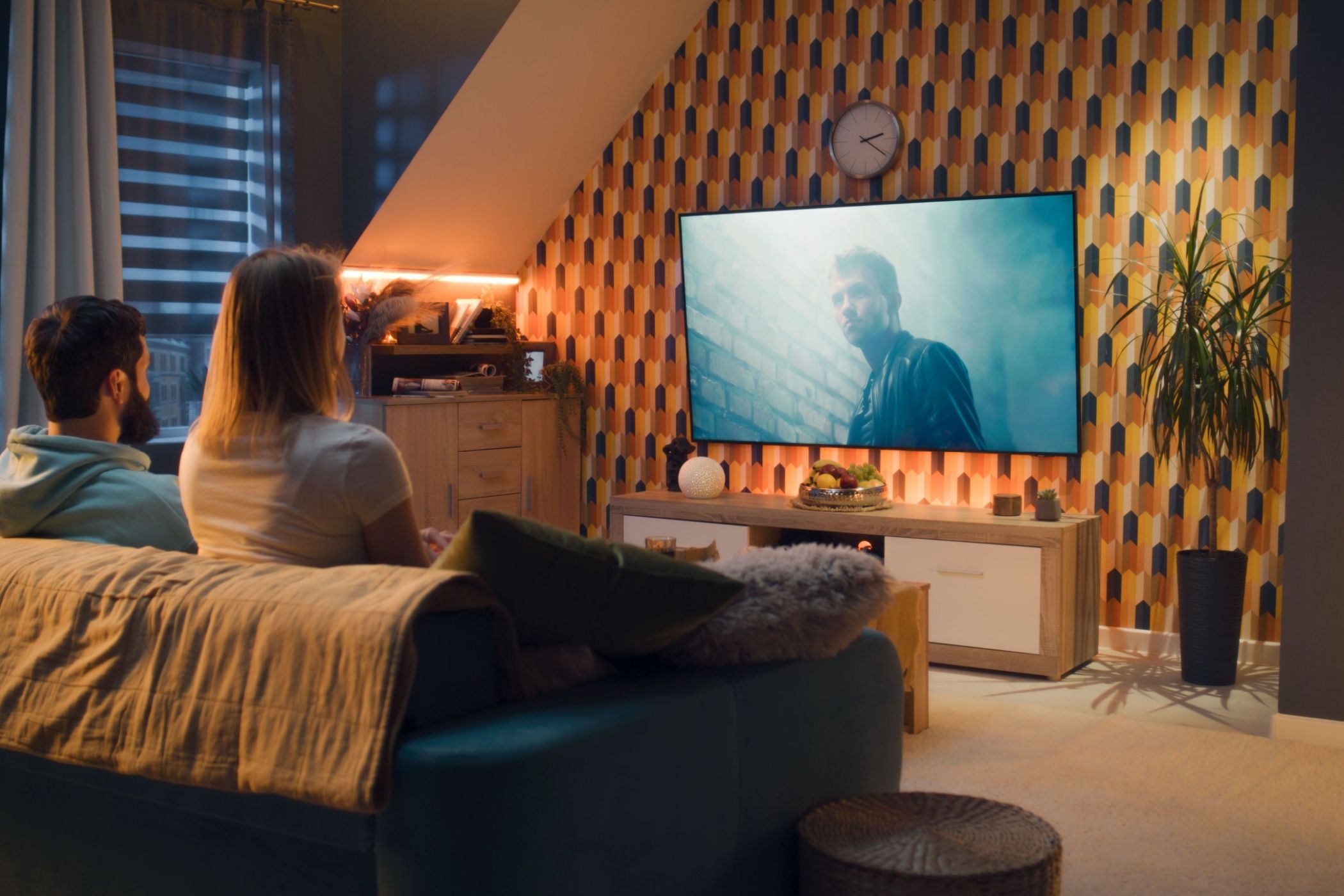
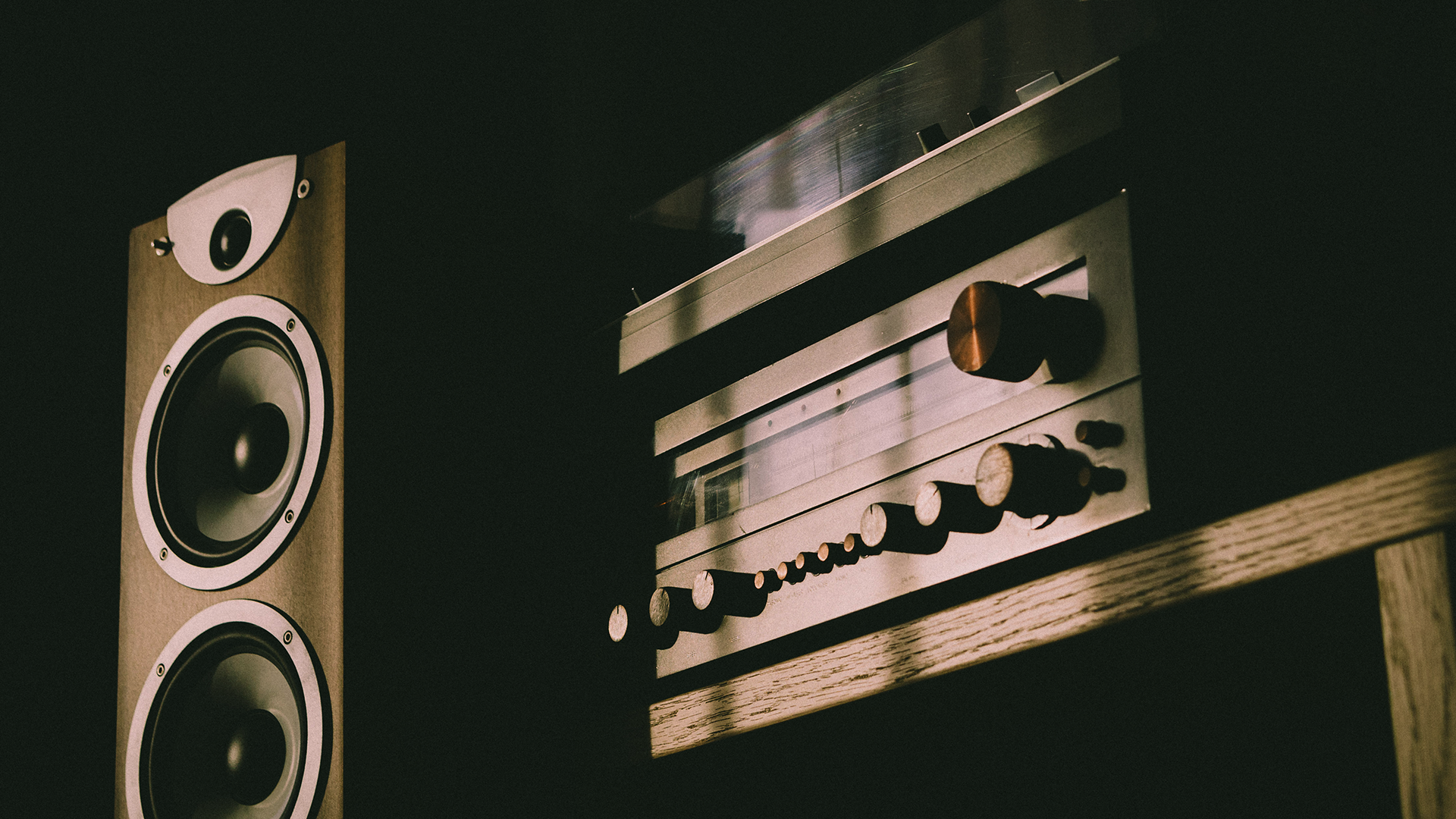
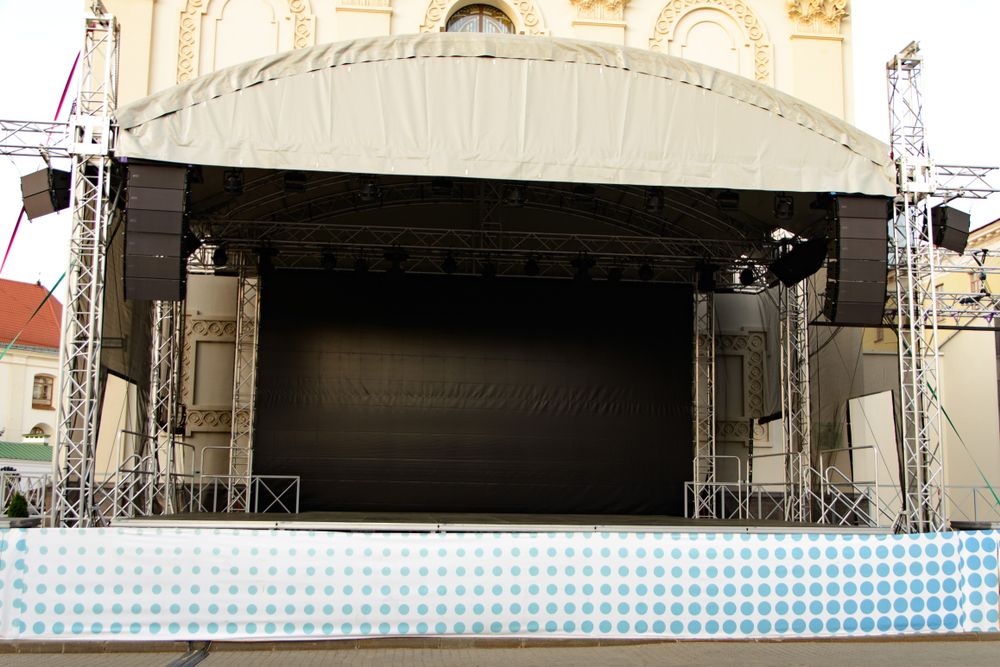




:max_bytes(150000):strip_icc()/twoku-twtich-roku-app-2053432b763a40d788ef726974d9ed2a.png?w=1174&resize=1174,862&ssl=1)
Leave a Comment
Your email address will not be published. Required fields are marked *